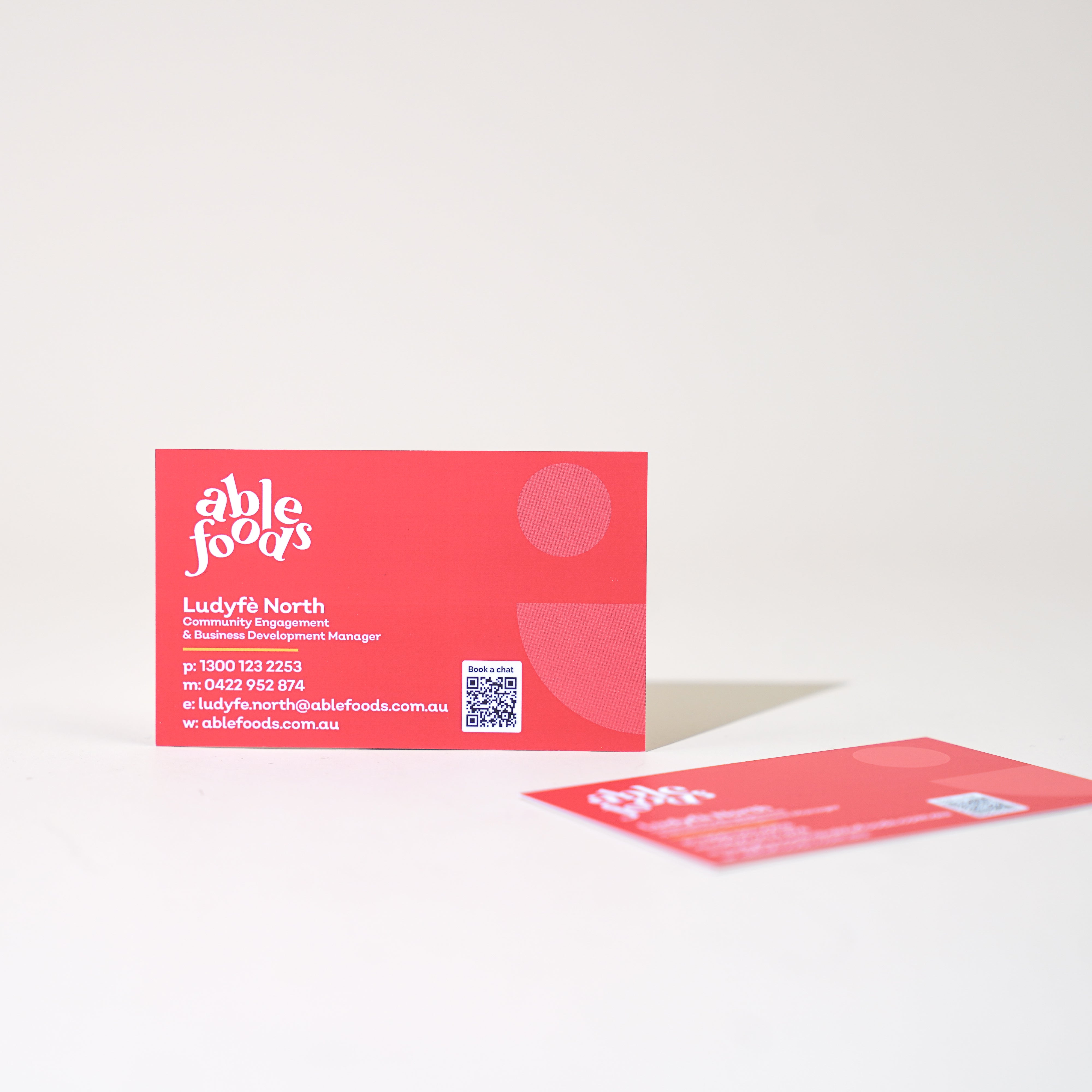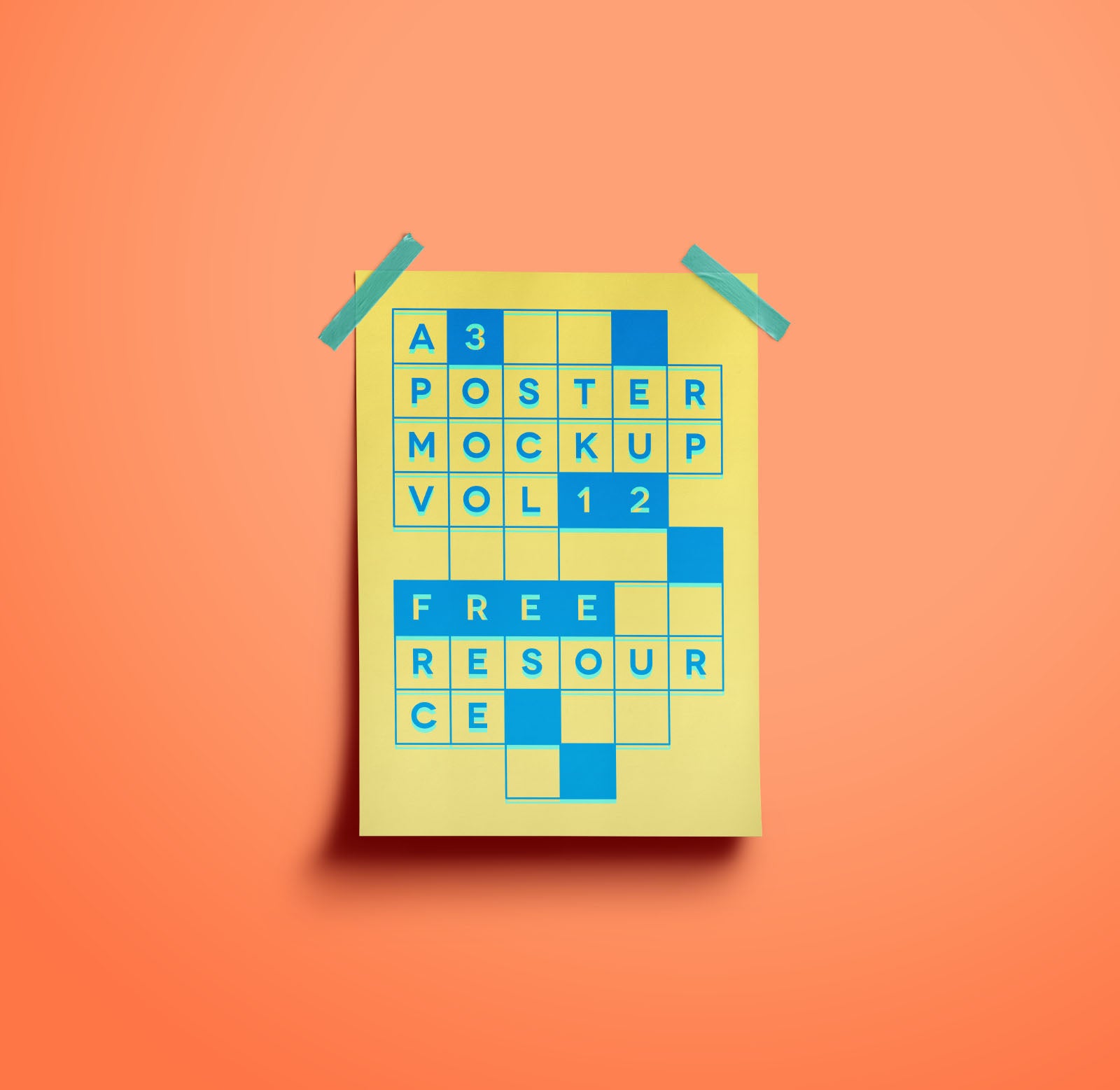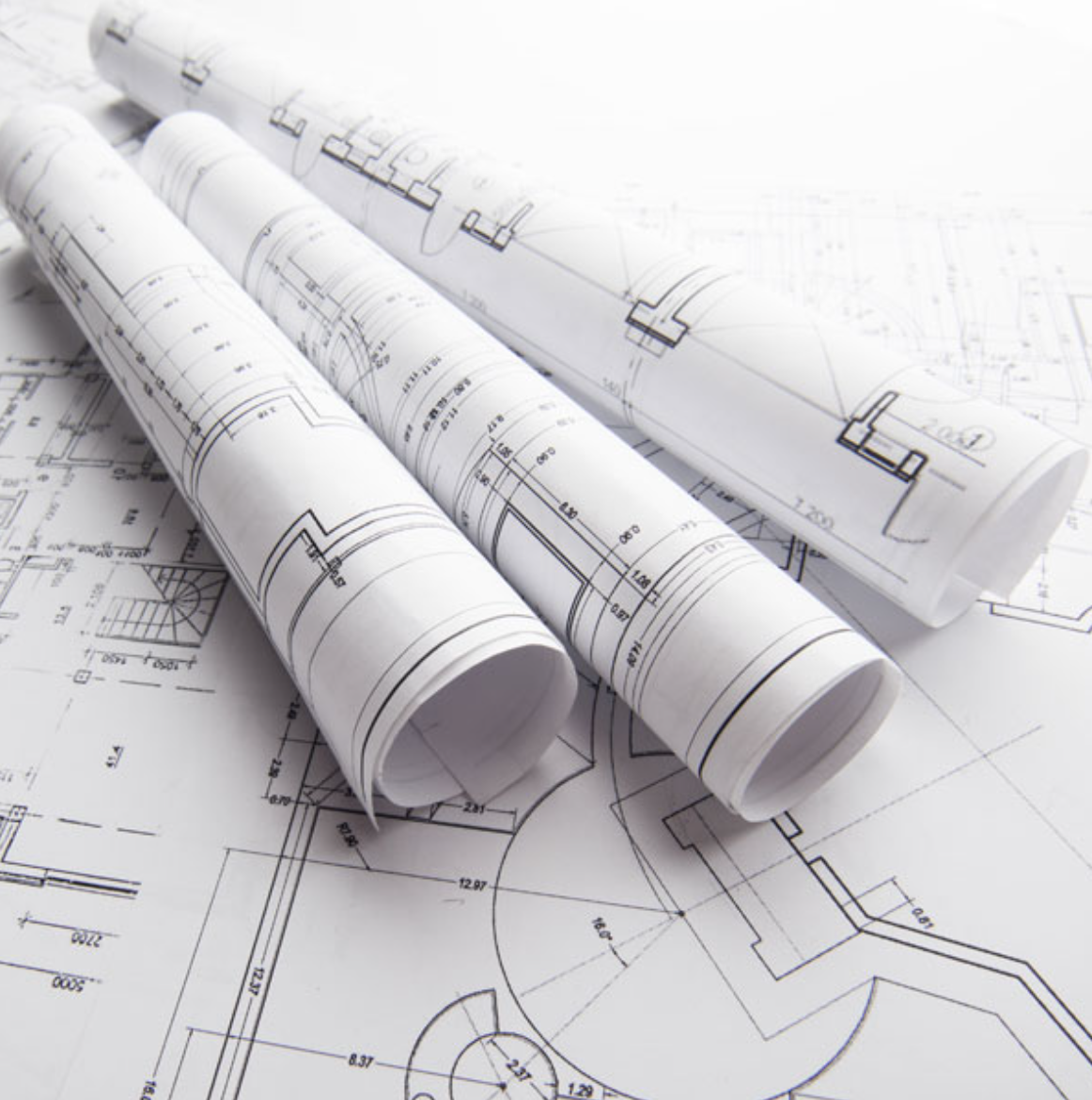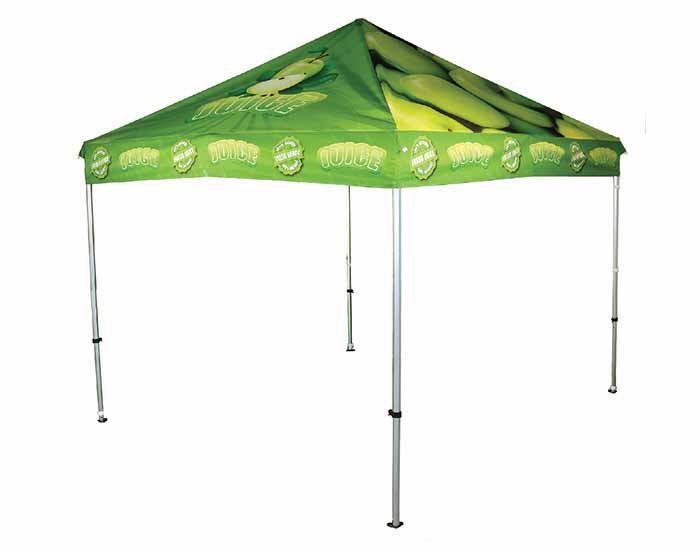What is digital printing?
Digital printing is a modern process that involves sending digital files directly to a printer, such as an inkjet or laser model. It differs from traditional methods in that there is no actual transfer of ink onto a page via a printing plate. Instead, digital printers read formulas that represent how an image should look and be produced. They detect pixels in the digitalised form to determine how much ink, toner and white space is printed on the page. Commonly, PDFs and file types from graphics software such as Photoshop, InDesign and Illustrator are used.
What are the benefits?
Digital printing has several key benefits that are worth taking a look out. Firstly, it can offer a cheap option to people and involves less time and preparation. When it comes to shorter runs or smaller projects, it’s also very quick and efficient. Why? Because digital printing removes the need for printing plates and a printing press altogether. Another great advantage is that changes to content can be made last minute with less hassle and there’s the option of varying data for each project. In a nutshell, the overall process is far easier, which is a key bonus for anyone who lacks experience operating commercial printing equipment.
What are the disadvantages?
Digital printing falls short in some ways and this can make it a less ideal choice for some jobs. This is particularly true when it comes to large volumes of work, because it becomes quite expensive. For example, if you were looking to make thousands of posters for a concert or hundreds of thousands of pages for a new book series, digital printing wouldn’t be your best option as it would involve high operational costs. Digital printing also offers a slightly lower level of quality, when compared to some other methods.
The different types of digital printing
Inkjet and laser are the two most used forms of digital printing. However, other options include:
- Thermal autochrome
- Thermal wax
- Dye sublimation
- Solid ink
What are the alternatives to digital printing?
The most common form of printing uses plates pressed onto a page and is known as offset printing. Aluminium plates are used to transfer an image onto a rubber blanket which is then pushed onto the page to leave an impression. Offset printing has been around for many years and brings several benefits. Vast amounts of content can be printed at a low price and many different paper types can be used. It offers the best results when it comes to quality and unique inks such as metallic can be utilised. The downside? It lacks the efficiency, versatility and ease of use that digital printing brings to small jobs.
Your digital printing experts
Digital printing is a great option if you are looking for quality results and a quick turnaround on small tasks. Get in touch with the team at Half Price Printing for results that will leave you more than impressed. We know digital printing like the back of our hand and can help with your next project.














